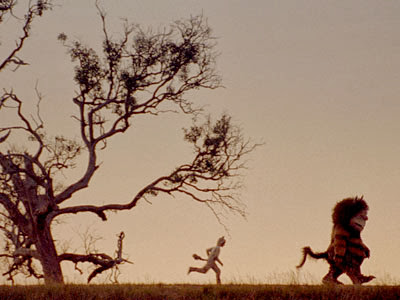
I was recently in San Francisco, a walker’s town, though only for those who like a bit of intense aerobic exercise as they plough up the killingly steep inclines. I’m not sure I enjoy it exactly but I tell myself it must be doing me good. And of course once you get the lay of the land you do become able to find routes that leave out the worst of the ascents. I'm better than I used to be, but I still find I'm the only person pounding up streets that everybody else is walking down.
One way you can tell San Francisco is a real walking town is because the pedestrians don’t obey the traffic signals. People cross the street any time they can, regardless of whether or not there’s a signal telling them they’re allowed to. I don’t think it’s that San Franciscans take delight in being scofflaws: they’re just using commonsense: walkers are supposed to have plenty of that.
In LA we’re a far more obedient bunch. If the don’t walk sign appears we stand and wait right there on the sidewalk even if there’s no car anywhere in sight. Of course this is partly because we know that LA cops like to hand out tickets for jaywalking but it seems to be more than that. I think Angelinos obey the lights because the lights are part of the traffic system and they know traffic is all powerful, and must come first in LA. This isn’t because we love the system, it’s because we fear it intensely. If we step out of line we’ll be crushed.

Anyway, in San Francisco I walked in the footsteps of Buster Keaton. Thanks to a wonderful book by John Bengtson, called Silent Echoes, this is surprisingly easy to do. It’s even easier in LA, but probably more of that later. Bengtson has done some amazing detective work to track down exactly where Keaton shot his movies, not least that scene in The Navigator (op cit) where Keaton thinks a walk will do him good. The street he walks across, it turns out, is Divisadero, between Pacific and Broadway, in Pacific Heights a very ritzy area, then and now, still full of mansions, though much more tightly packed than in Keaton’s day, and there are some wonderful apartment blocks too.

I walked most of the length of Pacific, which is like the spine of San Francisco, a long thin, rising line, with the land running away steeply on both sides, so that if you look down the side streets you have gorgeous panoramic views of the city in both directions.

But Keaton didn’t show any of this. Because the crossing of Divisadero at that point is a sort of flattened peak, and because of low camera angles, the mansions in the movie appear completely isolated with nothing around them beside. Below is a still - you'll need to click on it to see it properly. This gives the scene a storybook, stage set feel which is appropriate to the story. But what an act of self-denial on Keaton’s part, not to show those fabulous views. It only made me love the man even more.

The mansion that Keaton’s character lived in is gone now, but the house he crossed to and walked back from, his fiancée’s mansion, is very much still there and major renovations were being done, as they were to quite a few of the houses in the area. I happened to be walking there at the very time Mexico were playing France in the World Cup, and Spanish commentary blared from every construction site. Not a bit of work was being done anywhere. Who could blame them? Mexico won 2-0.







































